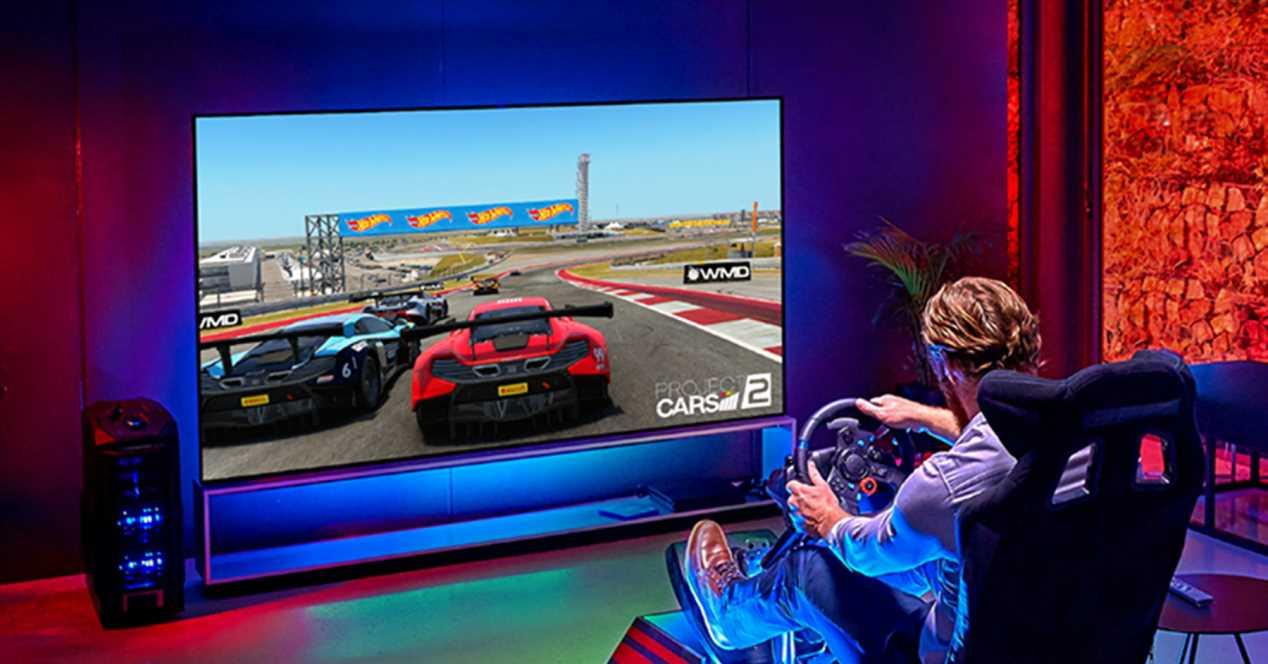Historically, the PC has always been technically ahead of consoles, especially in terms of screen resolution. While toys connected to TV couldn’t exceed 240 progressive lines on PC, we were already enjoying over 480 progressive lines. However, this changed with the advent of LCD panels. Well, with next-gen consoles playing in the 4K category, now is the time to try the play an 8k. That if, is not cheap.
8K resolution is 7680 x 4120 pixels, which means four times more screen dots than 4K. Because when we use a monitor we are very close to the screen, unlike a TV, monitors are barely visible at this resolution. However, there are on the market a large number of televisions capable of displaying such a definition of an image. Is it possible to play 8K on PC and what are the limitations?
Why is 8K expensive?
To understand why gaming in 8K requires a lot of computing power, you have to understand that this is due to the number of graphical primitives that one would see on the screen, especially the pixels, but also the vertices and other elements where the data are transformed. during the construction of each frame.
- The geometry of the scene does not depend on the resolution, but if an object is too far away and ends up being represented by a few pixels, it is rejected. The thing is, the higher the resolution, the fewer items are discarded. This means that more of them will be rasterized and then textured.
- When it comes to post-raster steps, we are talking about four times the pixels compared to 4K, this means that not only four times more power is needed, but also in terms of the amount of memory and bandwidth.
- It must be started from the fact that in all GPUs when calculating the scene, each of the graphics primitives ends up being calculated in a GPU calculation unit, so the number of these in the GPU would also increase.
Seeing the cost of GPUs for 4K today and their high power consumption, you can imagine what will be needed for 8K gaming, however, given the high frame rates achieved by the RTX 4090, this could be a breakthrough that says that the future might not be as far away as it seems. Especially if we take into account that there are already image reconstruction solutions such as DLSS that allow us to reach higher resolutions without relying on complex memory configurations.
The only graphics card capable of handling it is the RTX 4090
Considering the high frame rates that NVIDIA’s most powerful graphics card achieves at 4K, many wonder how this graphics card performs at a more powerful resolution.
And how about connecting it to an 8K monitor? Thus, you get results such as:
- With graphics up, without Ray Tracing active and with DLSS 3 Flight simulator it moves smoothly between 60 and 80 FPS. We wonder what its stunning landscapes will look like at this resolution.
- Cyberpunk 2077 with DLSS 3 it can reach 60 FPS, but it is not recommended to play it without it activated.
- In Forza Horizon 5which does not support DLSS 3, with maximum graphics options it reaches 76 FPS on average.
In general, and to play the most demanding games, DLSS 3 should be used, since the raw power of the graphics card cannot natively move them to such a resolution. However, this is not bad news if we take into account what we explained in the previous section. Although that gives us a hint at the impressive power in all aspects that is needed to standardize 8K at the moment, making it a pure luxury item.
However, if you are the proud owner of an RTX 4090 and an 8K TV at the same time, many games in your library will run smoothly at 8K. However, the cost of these two elements alone amounts to more than 6,000 dollars combined, so it is only for very privileged people.









